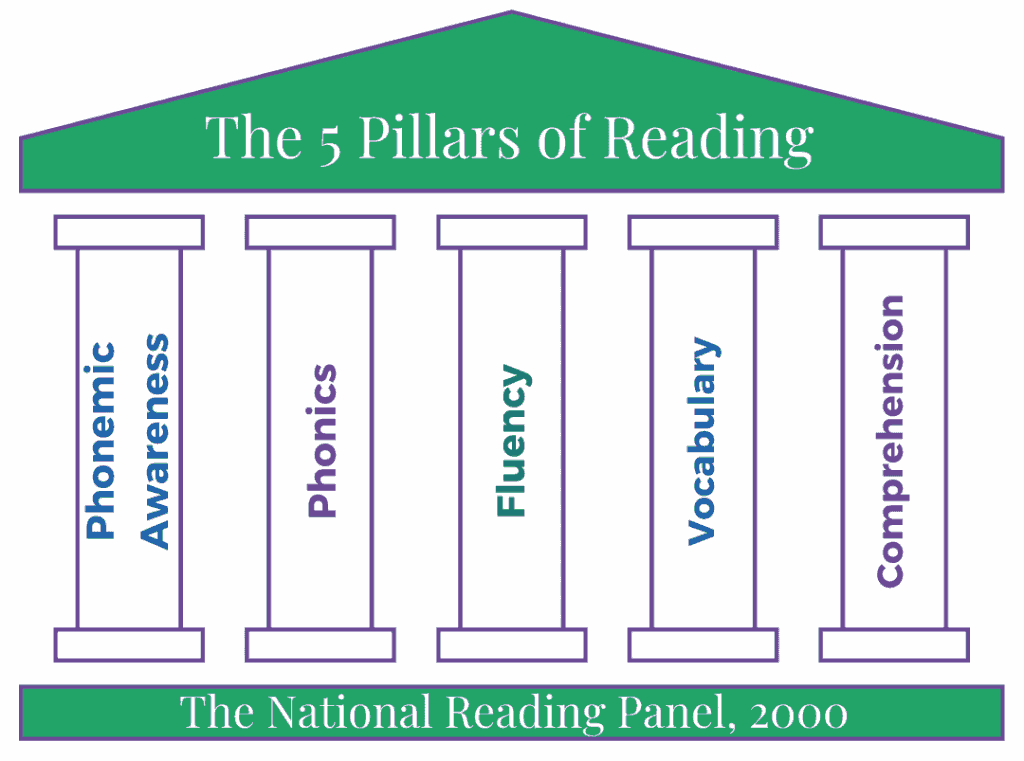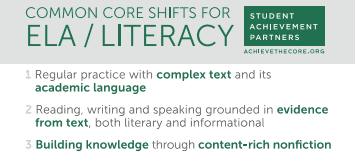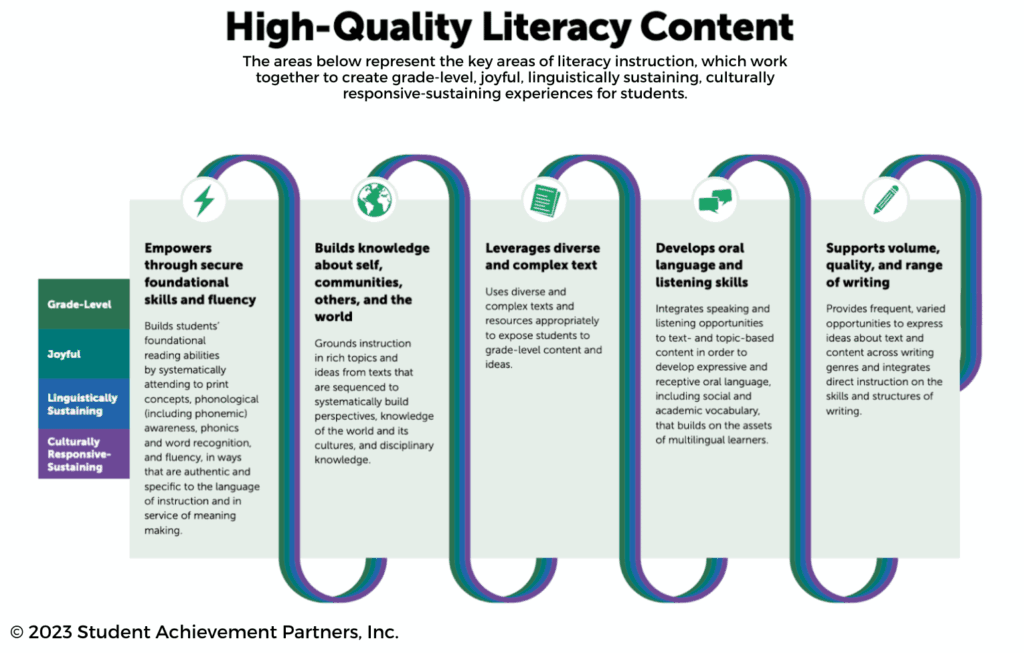“Can we take a step back and talk about what we mean by literacy? What do you mean when you say literacy content?” Dr. Abigail Amoako Kayser, Assistant Professor, Ph.D. in Curriculum and Instruction, and consultant on the e² Instructional Practice Framework™
“…Teachers undertaking culturally informed pedagogies take on the dual responsibility of external performance assessments as well as community- and student-driven learning. The real beauty of a culturally sustaining pedagogy is its ability to meet both demands without diminishing either.” Gloria Ladson-Billings¹
What is literacy?
It sounds like a simple question, especially for those of us who work as reading teachers, literacy experts, content specialists, and educators. At first glance, someone in another field would likely assume it was an easy question with an easy answer.
But dig a little deeper, and you’ll find that defining literacy—let alone literacy instruction—is complex, fraught with tension, and often misunderstood. There have been numerous attempts in the practice and research community for years to answer this question, to simplify the answer, and to respond to the related needs in the field. Back in 2000, the frequently cited Five Pillars, based on the National Reading Panel,² outlined the importance of phonemic awareness, phonics, fluency, vocabulary, and reading comprehension. This report has had tremendous influence on literacy instruction for nearly a quarter of a century and remains a reflection of evidence that is still relevant, but these pillars are not a complete, updated definition of literacy.

Ten years later—but still more than a decade ago—the shifts behind the Common Core Standards emerged as an effort to quite literally shift literacy instruction. These shifts emphasized practices that were often misunderstood in the field, such as the value of a text-centered approach to literacy instruction (focusing on the text-based meaning and knowledge instead of individual reading skills) or the importance of building knowledge.

Historically absent from these conversations about reading and literacy instruction, though attended to in decades of research and pedagogy, is the role of cultural and linguistic relevance, engagement, curiosity, and joy. Gloria Ladson-Billings set the stage for this work decades ago when she conceptualized culturally relevant pedagogy as instruction that attended to academic success, cultural competence, and critical consciousness. And yet, in practice, attention to relevance and attention to academics are often siloed, rather than woven together, creating a false divide that lies in contrast to the very premise of the model Ladson-Billings conceptualized and so many have built on.³ Attending to academic work in joyful, relevant, and engaging classrooms that honors students language, identity, and culture—that work flexes beyond any prior model. This was the impetus for Student Achievement Partners’ creation of the Essential x Equitable (e²) Instructional Practice Suite™: to build a shared understanding of instruction that is grade-level, joyful, linguistically sustaining, and culturally responsive-sustaining. We are offering this illustration of High-Quality Literacy Content as a way to expand the contours of literacy instruction within this frame.

These five areas of literacy focus are not discrete and isolated; rather, they are intertwined as they represent the speaking, listening, reading, writing, and language considerations of literacy instruction. To attend to the necessary nuance of equitable instruction, they are meant to be enacted in ways that are grade-level, joyful, linguistically sustaining, and culturally responsive-sustaining. In a world of endless “to do’s” for educators, the five focus areas can help us prioritize instructional time, thereby better supporting students.
Builds Knowledge About Self, Communities, Others, and the World
One of the key shifts in English Language Arts called for by the Common Core Standards was “building knowledge through content rich nonfiction.” The new framework’s conception of building knowledge expands on this, to attend to the role of topics and ideas that are intentionally sequenced to build knowledge that connects to students’ sense of self, attends to new perspectives, celebrates cultural diversity, and integrates disciplinary content. The focus on knowledge building acknowledges that reading, writing, speaking and listening must be about something, that literacy content is not performed in the abstract but rather is an interaction between topic, text, and task. It broadens by pushing educators to consider whose knowledge we value and how our students connect to and make meaning from this knowledge when we use a critical and relevant lens.
Empowers Through Secure Foundational Skills and Fluency
For students to be able to read and write fluently, it is imperative that they are supported systematically in print concepts, phonological awareness, phonics, and fluency, and that this work be supported throughout their K-12 learning experiences when needed. Historically, this work has lived only within early grades, leaving secondary teachers ill-equipped to mitigate student needs when they are not secure. This results in both deficit thinking about students, and systems that name “gaps” or “problems” without plans to attend to and respond to them systematically. To counteract that, we’re naming foundational skills and fluency work as critical in grades K-12, with the understanding that support can be applied or adjusted based on the needs of the students. Foundational skills must be attended to in English as well as in any language of instruction (in dual language settings), and students’ language backgrounds can be leveraged to support linguistic connections while learning. Foundational skills are necessary entry points, all in service of meaning making for reading.
Leverages Diverse and Complex Text
The role of text is often shockingly overlooked in the literacy classroom, especially when instruction is isolated to abstract skills rather than integrated with text-based questions and tasks.⁴ The role of text complexity has had a great deal of attention since the inception of the Common Core Standards, and the importance of windows, mirrors and sliding glass doors⁵ has had a profound impact on text selection when considering representation and relevance. Weaving these concepts together amplifies the importance of text selection, analysis, and use. We envision literacy classrooms as environments ripe with text-based tasks and talk. These opportunities allow for collective access for all students, authentic collaboration, and rich, relevant experiences.
Develops Oral Language and Listening Skills
For students to work deeply with topics and texts, they must have instruction and tasks that allow them to build their receptive language skills. This is especially important for multilingual students who are developing these skills in more than one language. The importance of oral language, oracy development, vocabulary, and syntax cannot be understated. While this work does not happen in a vacuum, it is attended to here in order to emphasize the critical role language and listening skills play in developing literacy skills.
Supports Volume, Quality, and Range of Writing
Writing instruction focuses on several interrelated concepts, namely students’ ability to express their ideas and/or learning according to the conventions of genre, as well as mastery of the skills of writing such as sentence construction or text structure. A range of considerations emerge when attending to writing: how writing can be a vehicle for building knowledge, a means of self expression, and a discrete set of skills to support students in developing.
It is our hope that this reconceptualization of high-quality literacy instruction will act as a catalyst for the field, merging key areas of scholarship and practice to attend to what teachers and students need present in their materials, learning, and support in the classroom. We hope you will join us in pushing literacy practice forward in your own way, whether from inside or adjacent to the classroom, as we work to transform literacy instruction. We offer this reconceptualization with sincere gratitude to the practitioners, researchers, and students whose work has paved the way for this moment, and with optimism for the impact this work can have on classrooms of the present and the future.
¹ Ladson-Billings, G. (2014). Culturally relevant pedagogy 2.0: A. K. A. the remix. Harvard Educational Review, 84(1), 74–84.
² Eunice Kennedy Shriver National Institute of Child Health and Human Development, NIH, DHHS. (2000). Report of the National Reading Panel: Teaching children to read: Reports of the subgroups (00-4754). U.S. Government Printing Office.
³ SAP’s conceptualization of culturally responsive-sustaining instruction is built on the evidence from its predecessors—culturally relevant, responsive, and sustaining pedagogies. For more information, see the e² Instructional Practice Framework™ here.
⁴ McKeown, M. G., Beck, I. L., & Blake, R. G. K. (2009). Rethinking reading comprehension instruction: A comparison of instruction for strategies and content approaches.
⁵ Bishop, R. S. (1990). Windows, mirrors, and sliding glass doors. Perspectives, 6(3), ix–xi.





